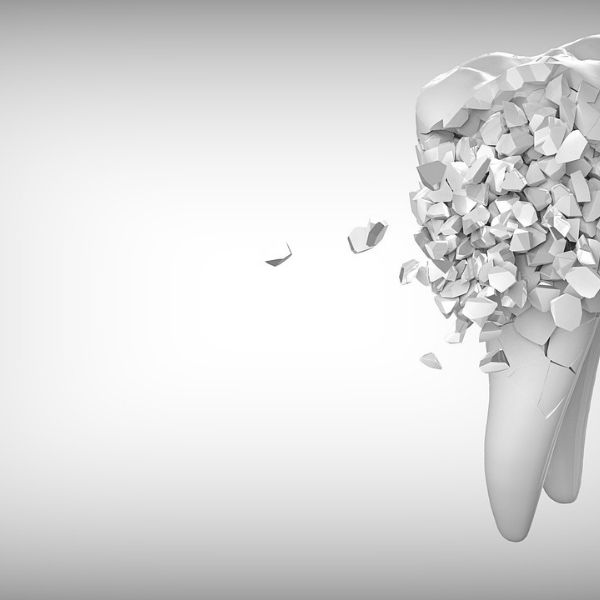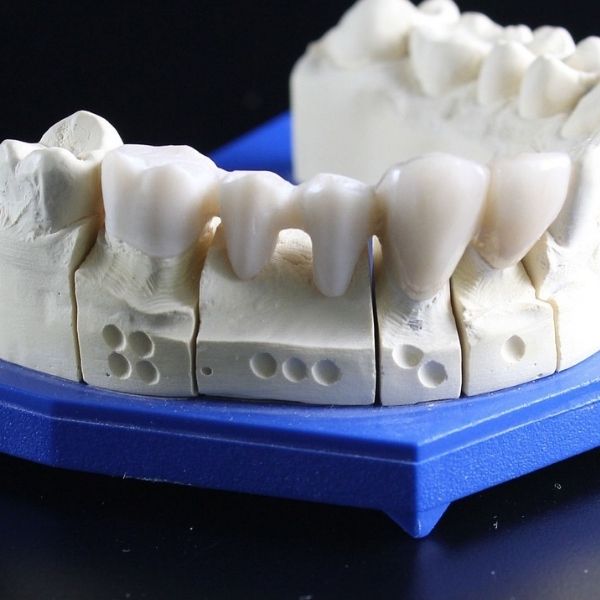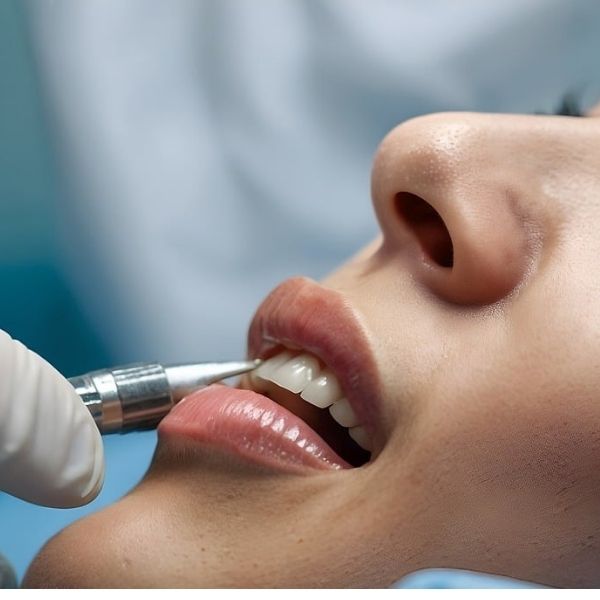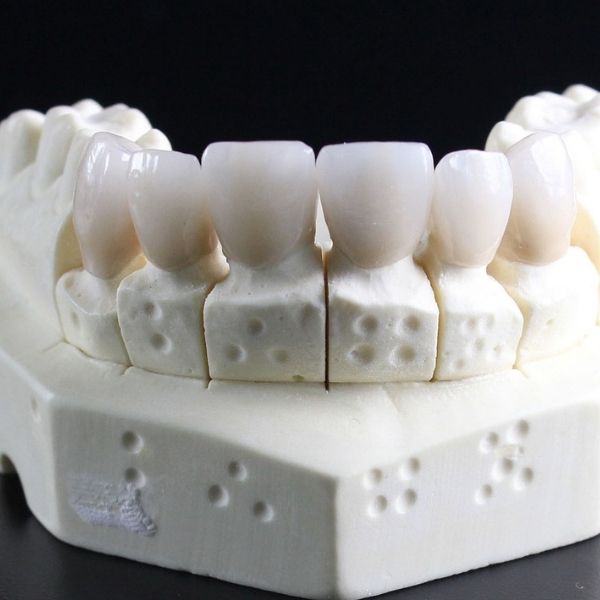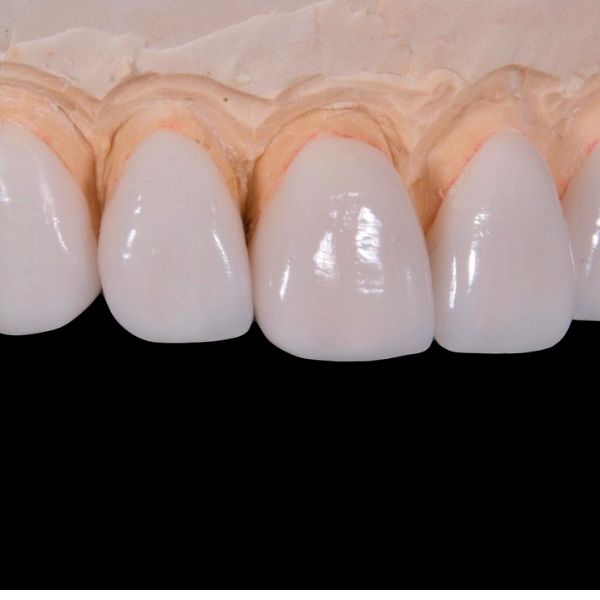When Should I Replace a Dental Filling? Dental fillings are designed to restore the function and appearance of teeth that have been damaged by decay. But, over time, even the most durable fillings can wear out or become damaged, leaving you to wonder, when should I replace a dental filling? Knowing when to replace a filling is essential to maintaining your oral health and preventing more severe dental problems. In this article, we’ll explore the signs that a dental filling needs replacement, the types of fillings and their longevity, and why it’s crucial to address these issues promptly.
Understanding the Lifespan of Dental Fillings
Before diving into when should I replace a dental filling, it’s essential to understand that fillings, while durable, are not permanent. The lifespan of a dental filling largely depends on the material used, your oral hygiene habits, and other factors such as the location of the filling and how much stress is placed on it. Here’s a general breakdown of how long various types of fillings last:
- Amalgam Fillings (silver fillings) typically last between 10-15 years. These are very durable but may eventually break down due to wear and tear.
- Composite Fillings (tooth-colored fillings) usually last around 5-10 years. These fillings are aesthetically pleasing but may wear down more quickly than amalgam.
- Gold and Ceramic Fillings can last 15 years or longer. They are strong and resistant to wear, but they are also more expensive.
Regardless of the type of filling, regular dental checkups are essential to monitor their condition and determine when should I replace a dental filling.
Signs It’s Time to Replace a Dental Filling
If you’re wondering when should I replace a dental filling, there are several key indicators that suggest it’s time for a replacement:
-
Pain or Sensitivity
One of the most obvious signs that it’s time to replace a filling is if you start experiencing pain or sensitivity in the filled tooth. This could occur when biting, chewing, or consuming hot, cold, or sweet foods. Such pain often signals that the filling has cracked, is leaking, or has separated from the tooth, allowing bacteria to enter and cause decay beneath the filling.
-
Visible Damage
If you notice that your filling looks cracked, chipped, or worn down, this is a clear sign that it’s time to replace it. A damaged filling can no longer protect the tooth properly, which increases the risk of further decay and other complications. Regularly inspecting your fillings can help you detect such damage early on and avoid waiting too long to address it.
-
Discoloration or Dark Spots
Composite fillings are particularly susceptible to discoloration over time. If you notice dark spots around the edges of the filling or any discoloration in the tooth itself, this may be a sign that the filling is deteriorating. Discoloration can also indicate that bacteria are seeping into the tooth, a significant cause for concern when assessing when should I replace a dental filling.
-
Loose or Missing Filling
If a filling becomes loose, it will no longer provide adequate protection. You may feel the filling move when you chew, or you might even notice that it has fallen out entirely. A loose or missing filling exposes the tooth to decay and damage, which is why it’s critical to have it replaced immediately.
-
Uneven Bite or Jaw Pain
Sometimes, a filling wears down unevenly or shifts slightly, causing changes in your bite. If your bite feels off or you experience jaw pain, it could be time to replace the filling. An uneven bite can lead to further complications, such as jaw discomfort, headaches, and wear on other teeth, making it important to identify when should I replace a dental filling.
Why Replacing a Worn or Damaged Filling Is Important
Addressing the issue of when should I replace a dental filling promptly is critical for your overall oral health. Ignoring a worn or damaged filling can lead to more serious dental problems, including:
- Tooth Decay: A damaged filling can allow bacteria to enter the space between the filling and the tooth, leading to further decay. If left untreated, this decay can extend deeper into the tooth, potentially requiring a more extensive restoration such as a root canal or crown.
- Tooth Fracture: A weakened filling can compromise the structural integrity of the tooth. If the filling no longer supports the tooth properly, it may crack or fracture under pressure, increasing the likelihood of tooth loss or the need for more invasive dental treatments.
- Infection or Abscess: If decay reaches the inner layers of the tooth and isn’t addressed in time, it can lead to infection or an abscess, which may require antibiotics or even extraction in severe cases. This is one of the main reasons why it’s important to be vigilant about when should I replace a dental filling.
The Role of Regular Dental Checkups
Regular dental visits are essential in determining when should I replace a dental filling. Your dentist can inspect your fillings during routine checkups, assess their condition, and take X-rays if necessary to detect any problems beneath the surface. Many dental issues related to fillings can be caught early through these checkups, reducing the need for more complex treatments down the road.
Your dentist will be able to tell you if a filling needs replacement based on its condition, the health of the surrounding tooth structure, and any symptoms you may be experiencing. Don’t wait until a problem becomes severe to schedule a visit; regular maintenance is key to avoiding emergencies.
The Process of Replacing a Dental Filling
If you and your dentist have determined when should I replace a dental filling, you may wonder what the procedure involves. The process is relatively simple:
- Numbing the Area: The dentist will begin by numbing the area around the tooth with a local anesthetic to ensure you remain comfortable throughout the procedure.
- Removing the Old Filling: The damaged filling is carefully removed using specialized dental tools. Any decay present will also be cleaned out.
- Placing the New Filling: Once the tooth is prepared, the dentist will place the new filling material, shaping it to ensure a proper fit. The filling is then hardened, often with a curing light, and polished to ensure it feels smooth and natural.
In some cases, if the tooth has been significantly weakened or decayed, your dentist may recommend a crown or other restoration rather than a simple filling replacement.
Knowing when should I replace a dental filling is crucial for maintaining your oral health. Whether you experience sensitivity, notice visible damage, or suspect that your bite is off, addressing these signs promptly can prevent more severe issues such as tooth decay, fractures, or infections. Regular dental checkups, combined with good oral hygiene, will help extend the life of your fillings and keep your smile healthy for years to come.
If you’re unsure whether your dental filling needs to be replaced, don’t hesitate to consult your dentist. By being proactive, you can ensure that your teeth remain strong, functional, and free from complications.

